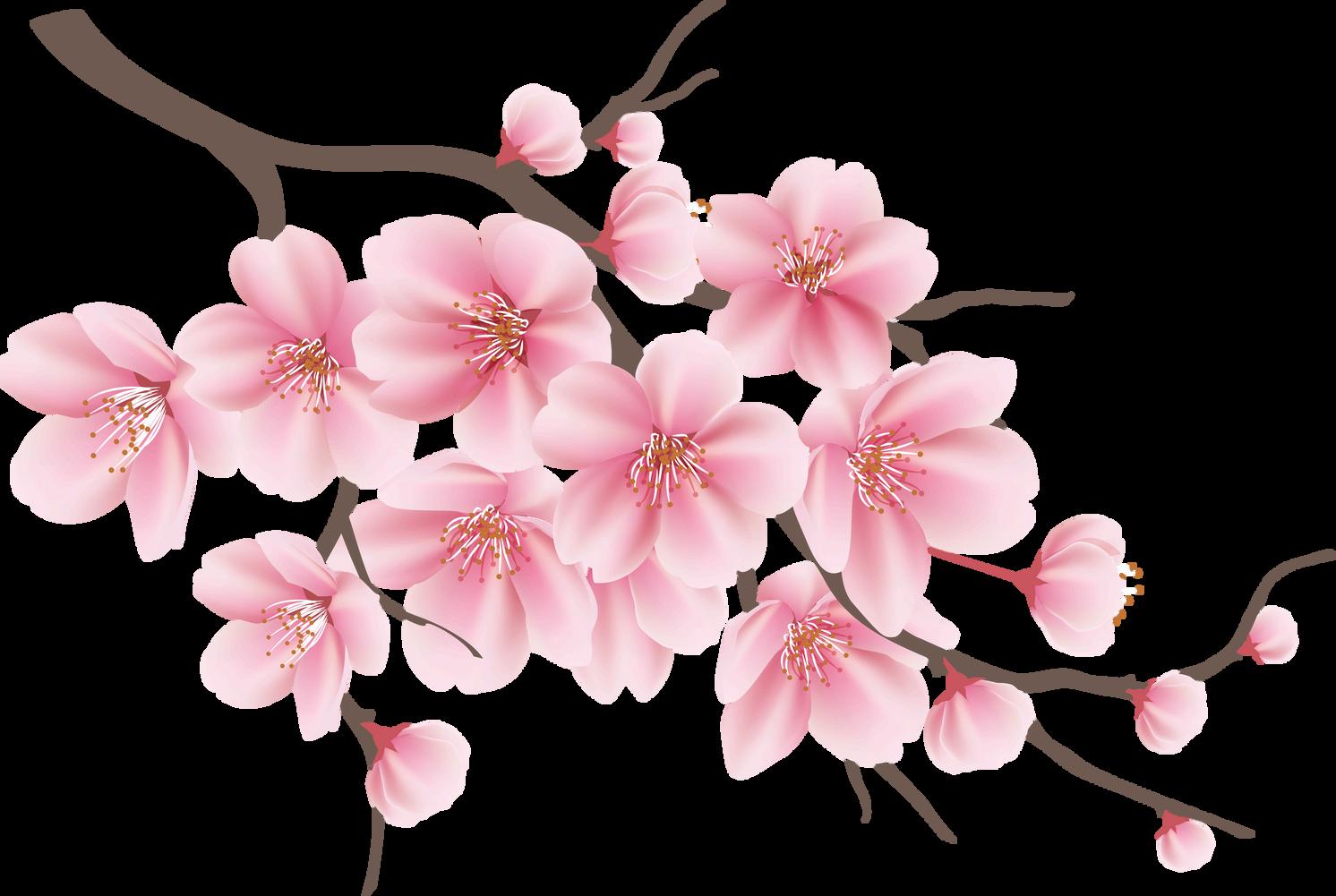
3 minute read
Exploring Japanese Cuisine: A Culinary Journey
by: Emma Fuller '28
Japan cuisine, otherwise known as 和⻝ (Washoku), is renowned for its unique balance of flavors, seasonal ingredients, and artistic presentation. It is a cuisine profoundly rooted in its culture’s tradition yet continuously evolving and transforming, making it one of the most celebrated culinary styles in the world. From the simplicity of fresh sushi to the comfort of a warm bowl of ramen, Japanese cuisine offers a diverse array of tastes, and textures to suit everyone's palate.
The philosophy behind Washoku:
Washoku emphasizes harmony in its preparation and consumption. This is reflected in the concept of “ichiju sensei,” meaning “one soup, three dishes,” which forms the foundation of a traditional Japanese meal. This approach focuses on balance, incorporating a variety of cooking techniques, such as grilling, steaming, simmering, and frying while ensuring a nutritious and satisfying experience. Seasonal ingredients, or 旬(shun), play a central role in highlighting the freshness and flavors of whatever season that time of year calls for.
Iconic Dishes In Japanese Cuisine:
Sushi and sashimi are among Japan’s most famous exports. Sushi combines vinegared rice with toppings such as fresh fish, vegetables, or egg, while sashimi is thinly sliced raw seafood served with soy sauce and wasabi. The quality of the ingredients and the skill of the chef are crucial to these dishes.
Ramen, a noodle soup dish originally imported from China, has become a Japanese staple with regional variations. From the creamy pork broth of tonkotsu ramen in Kyushu to the soy-based shoyu ramen of Tokyo, each bowl reflects the unique flavors of its region.
Tempura is a dish of seafood or vegetables coated in a light batter and deep-fried to perfection. It is typically served with a dipping sauce called tentsuyu, made from soy sauce, dashi, and mirin. The key to great tempura is achieving a delicate, crispy texture without being greasy.
Okonomiyaki, also known as “Japanese savory pancakes,” is made from a batter of flour, eggs and shredded cabbage, mixed with ingredients like pork, seafood, or cheese. It’s cooked on a girdle and topped with okonomiyaki sauce, mayonnaise, and bonito flakes. Also, should you want it, there are many other topping options.
Modern Influences on Japanese Cuisine:
While traditional dishes remain beloved, Japan’s culinary scene has embraced modern influences. Fusion cuisine, convenience store bento boxes, and trendy cafes offering innovative takes on classic dishes have become increasingly popular.
A Taste of Japan’s Culture:
Japanese cuisine is more than just food; it is a reflection of the country’s history, values, and artistic sensibilities. Whether you ’ re indulging in a lavish kaiseki meal, or savoring sweet food from a bustling market, Japanese food invites you to appreciate the harmony of flavor, presentation, and culture.










